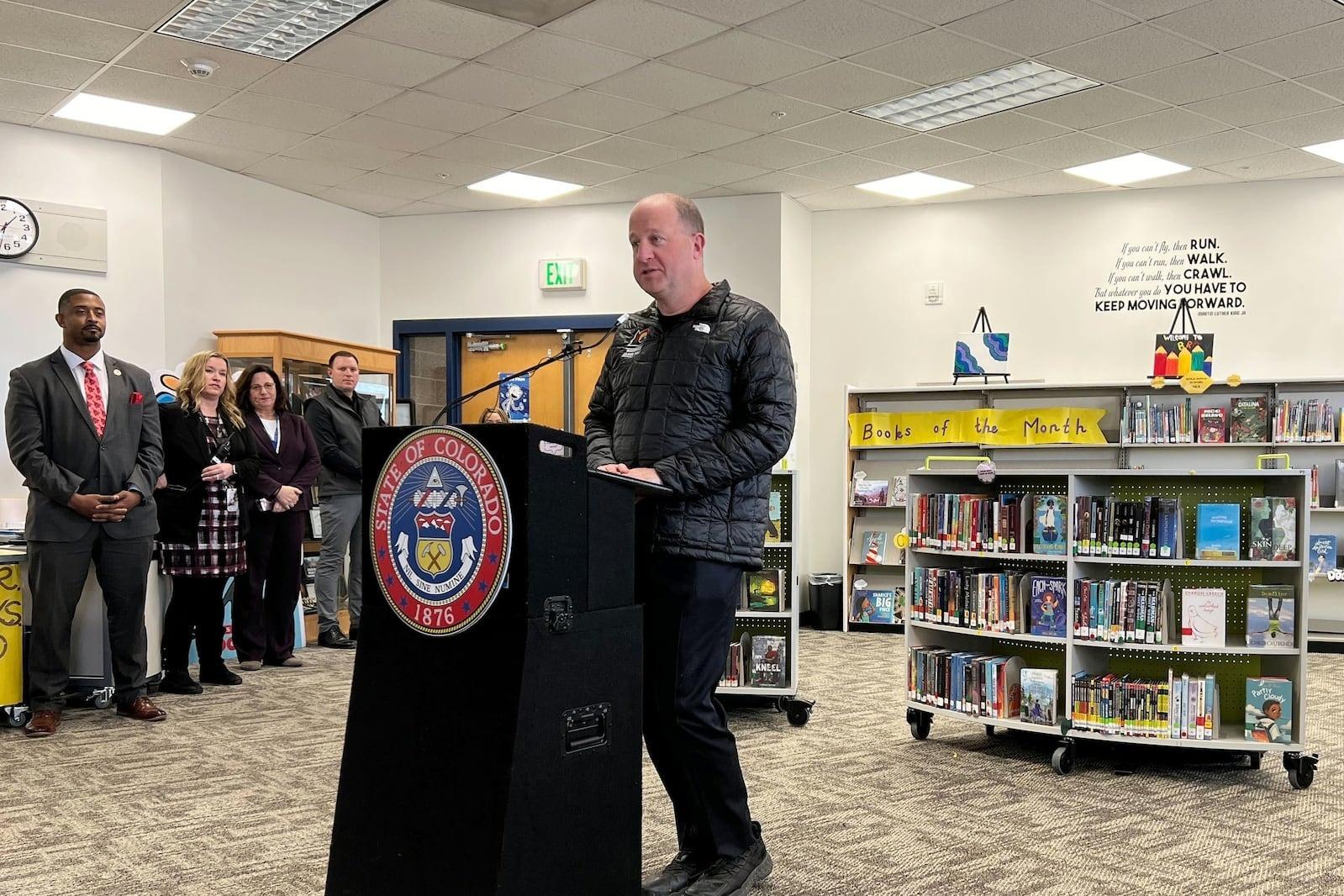
Heroin use is surging across the country, but a new report from the Centers for Disease Control and Prevention spells out exactly which groups are abusing the drug more and more. That got us thinking about where Colorado fits in.
Across the county, heroin use more than doubled among young adults ages 18–25 in the past decade. How many young adults are using heroin in Colorado is much harder to say, but there are some signs it may be rising too.
- July 7: Women, Whites Lead Surge In Heroin Use
- March 4: Colorado Follows National Heroin Overdose Death Trends
First things first: The Colorado Department of Human Services uses data from the National Survey on Drug Use and Health to see how people are using heroin. And NSDUH says that its state-level data on heroin use is too small to be statistically significant, so we can't stack any national heroin use data side-by-side with Colorado.
That said, there is Colorado data on what might happen for some people after heroin use -- including how many people are seeking treatment for their heroin use.
That data is not correlated to use, says Dr. Rebecca Helfand, who evaluates data for Colorado DHS, and she doesn't draw conclusions between use and treatment. That's partly because the number of people in treatment will always be less than the number of people using heroin.
More young adults are seeking heroin treatment
The number of young adults seeking heroin treatment is rising in the state, along with two other public health events that can happen after use.
In 2007, that group represented about 25 percent of Coloradans in treatment. By 2014, that number rose to nearly 45 percent of people seeking treatment in the state.

Hospital discharge numbers climb
The number of hospital discharges that mention heroin for 18- to 25-year-olds are going up too, according to data from the Colorado Department of Public Health and Environment.

ER numbers for youth also climb
Emergency department that mention heroin for the same group have been higher than all other ages for the past three years, according to CDPHE. They've also risen.

Prescription painkillers are a risk factor
Overall, limited federal data says that the percentage of Coloradans who've tried heroin in their lives has risen since 2002, as in much of the United States. Statisticians caution that these numbers are part of a much smaller set.

It's part of the relation between people seeking treatment for prescription abuse and heroin use. Helfand says that relationship, particularly rise in heroin treatment "bears out, at least to some degree, some of the [...] issues were seeing nationally."

"It's a scary shift," she said. "If we're seeing this jump in heroin treatment admissions, how many people aren't being included in that? And is there a need to try to get more people into treatment?"
Editor's note: A previous version of this story misspelled Helfand's name and omitted her title. We've corrected the error.









